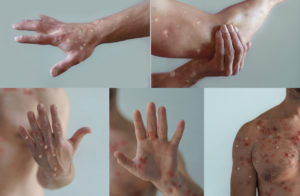Hi #GYNEGirls AND #GENTS! Do you know anyone- male or female- who got breast cancer at a young age? BRCA (BReast CAncer Susceptibility Gene) was highlighted in the media when Angelina Jolie revealed she had a prophylactic double mastectomy after testing positive for this gene. Women with the BRCA gene have a higher risk of developing breast and ovarian cancer than the general population. BRCA is responsible for 5-7% of breast cancers and about 10% of ovarian cancers. Recently, a study found that African American women with breast cancer are more likely than women in the general population to have genetic mutations linked to their disease, and some of those mutations extend beyond the common BRCA1 and BRCA2 mutations. 1 in 5 black women in this study had a BRCA mutation. This new data can explain why black women have higher rates of breast cancer at young ages, more aggressive forms of breast cancer, and a worse chance of survival. Studies also reveal that African American women are less likely to be referred for genetic counseling even if they meet the criteria.
To better understand genetic breast cancer, here are the answers to some questions:
1. What is BRCA? BRCA 1 and 2 are inherited tumor suppressor genes. Mutations in these genes cause breast and ovarian cancer. BRCA 1 has a lifetime breast cancer risk of 65-74% and a lifetime ovarian cancer risk of 39-46%. BRCA 2 has a lifetime breast cancer risk of 65-74% and a lifetime ovarian cancer risk of 12-20%.
2. Who needs to be tested for BRCA? All women who meet the following criteria:
• A personal history of breast cancer diagnosed at age 40 years or younger, breast cancer affecting both breasts, or both breast and ovarian cancers
• A personal history of ovarian cancer and a close relative with ovarian cancer or premenopausal breast cancer or both
• A personal history of breast cancer at age 50 or younger and a close relative with ovarian cancer or male breast cancer at any age
• A personal history of breast cancer at age 50 or younger and a close relative with breast cancer 50 years or younger
• A personal history of breast cancer at any age and two or more close relatives with breast cancer at any age.
• A close relative with a known BRCA1 or BRCA2 mutation
• Ashkenazi Jewish ancestry and with a close relative who has breast or ovarian cancer, a personal history of ovarian cancer, or a personal history of breast cancer at age 50 or younger
• Women with ovarian cancer, primary peritoneal cancer, or fallopian tube cancer of high grade, serous histology at any age
• Unaffected women with a close relative that meets one of the previous criteria
3. How is BRCA tested? It’s a blood test that uses DNA analysis to identify mutations in the BRCA genes. The initial step is for you to meet with a genetic counselor who will take a detailed medical and family history and assesses your risk for breast and ovarian cancer. Your counselor will discuss the implications of a positive, negative, and uninformative test result. You will also review options for surveillance-ways to detect cancer early, chemoprevention (taking medications), and risk-reducing surgery. Possible psychological, emotional, and familial implications of test results are also discussed.
4. How much does BRCA testing cost? The BRCA testing and genetic counseling should be covered by any plan started after March 23, 2010, as Health and Human Services has found this to be one of the mandatory free preventative care measures covered under the Affordable Care Act (ACA)- Obamacare. Preventive actions taken such as surgery, as a result of testing is expensive. If you are considering testing find out about your insurance company’s policies regarding coverage of preventative surgeries.
5. What surveillance is needed for women who are BRCA positive? Breast surveillance includes twice yearly breast exams by your doctor and annual mammogram and MRI no later than age 25. Surveillance for the ovaries includes having semiannual pelvic exams, annual transvaginal ultrasound imaging and blood tests to measure the cancer antigen 125 levels.
6. What are risk-reducing strategies for BRCA positive women? There are 2 options: chemoprevention versus surgery. Tamoxifen has been shown to reduce risk of breast cancer by 50% in pre- and postmenopausal women. Another FDA approved drug called Raloxifene has also been shown to reduce breast cancer risk-but only in postmenopausal women. Bilateral salphingo-oophorectomy (removal of both ovaries and fallopian tubes) reduces ovarian cancer by 90% and breast cancer by 50%. This should be offered by age 40 or when childbearing is complete. Bilateral mastectomy (removal of healthy breasts) reduces breast cancer risk by 90%.
Remember #GYNEGirls and #GENTS, this is why it is so important to know which family members have what AND to tell your doctor about it. If you are at risk, TALK to your doctor. BEAT #BRCA!
[#GYNEGirls]





